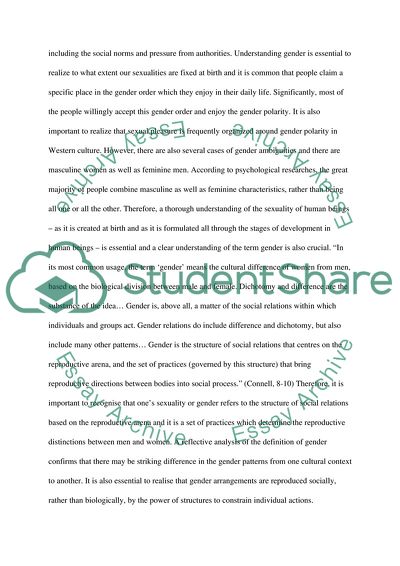Cite this document
(Is Ones Sexuality Fixed by Birth or by Upbringing Essay - 1, n.d.)
Is Ones Sexuality Fixed by Birth or by Upbringing Essay - 1. Retrieved from https://studentshare.org/gender-sexual-studies/1730564-to-what-extent-are-our-sexualities-fixed-at-birth
Is Ones Sexuality Fixed by Birth or by Upbringing Essay - 1. Retrieved from https://studentshare.org/gender-sexual-studies/1730564-to-what-extent-are-our-sexualities-fixed-at-birth
(Is Ones Sexuality Fixed by Birth or by Upbringing Essay - 1)
Is Ones Sexuality Fixed by Birth or by Upbringing Essay - 1. https://studentshare.org/gender-sexual-studies/1730564-to-what-extent-are-our-sexualities-fixed-at-birth.
Is Ones Sexuality Fixed by Birth or by Upbringing Essay - 1. https://studentshare.org/gender-sexual-studies/1730564-to-what-extent-are-our-sexualities-fixed-at-birth.
“Is Ones Sexuality Fixed by Birth or by Upbringing Essay - 1”. https://studentshare.org/gender-sexual-studies/1730564-to-what-extent-are-our-sexualities-fixed-at-birth.


